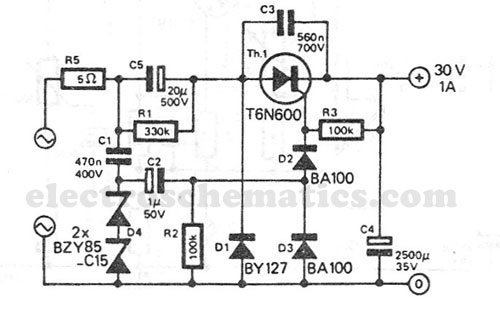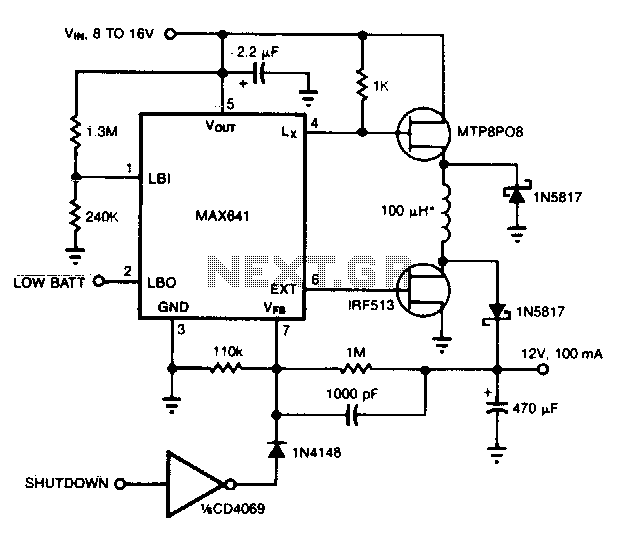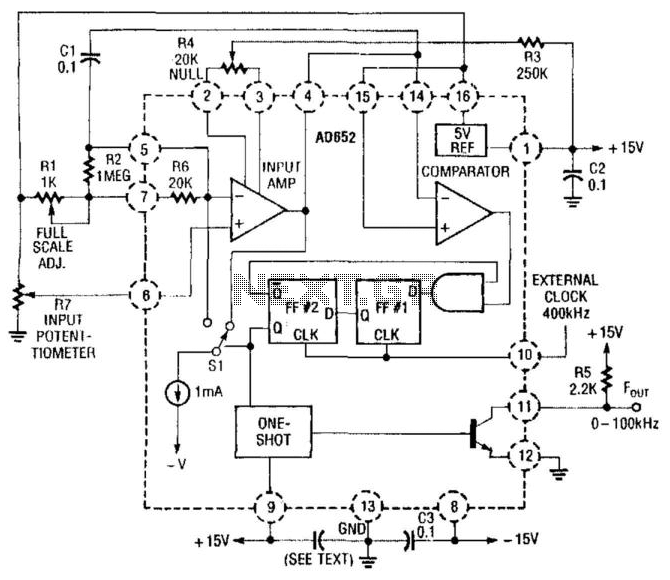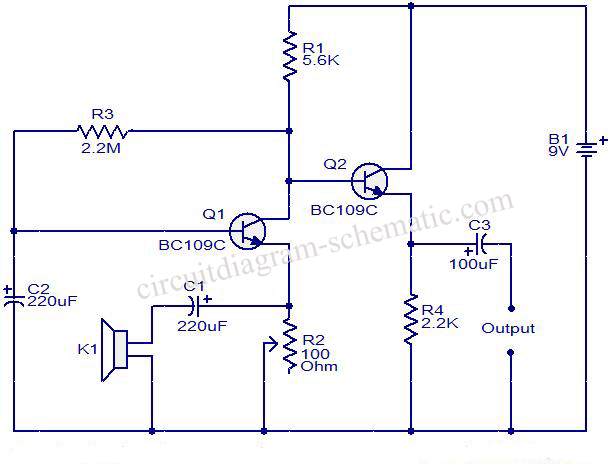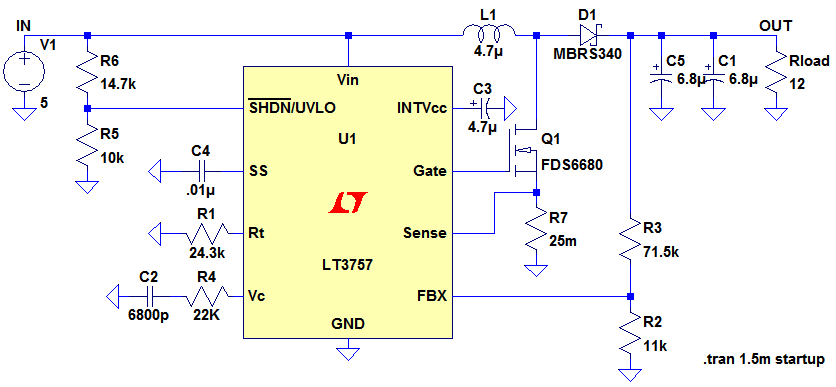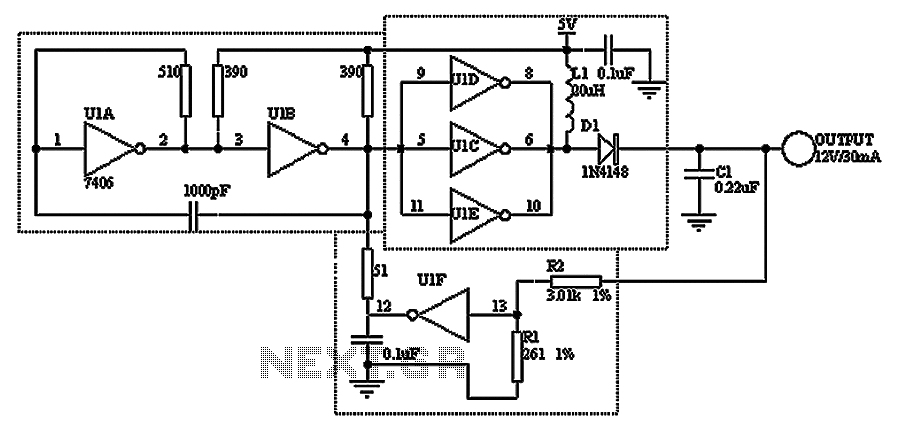
30V from 5V converter
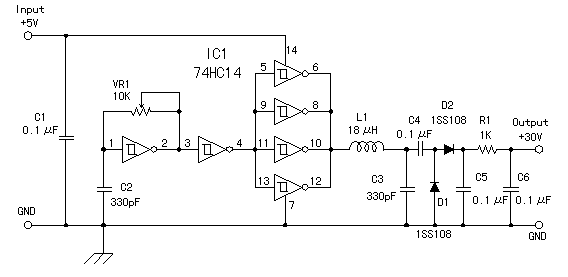
I made the power supply which makes about +30V with +5V power supply. The direct current is changed into the alternating current by the oscillator which used the schmitt trigger inverter which has the hysteresis characteristic and the resonance circuit. The high DC voltage (+50V) is made with the alternating voltage using the voltage amplification rectification circuit. The output voltage of this circuit changes mainly when the load changes. So, this power supply can be used only as the power supply of the circuit that the load is constant or the circuit which doesn't have a problem even if the voltage changes.
This circuit design involves a power supply capable of converting a +5V input into a +30V output, utilizing a combination of oscillation and rectification techniques. The primary component responsible for the oscillation is a Schmitt trigger inverter, which is known for its hysteresis characteristics. This feature allows the inverter to provide a stable square wave output, which is crucial for the subsequent conversion of direct current (DC) to alternating current (AC).
The oscillator circuit, formed by the Schmitt trigger, drives a resonant circuit that enhances the efficiency of the AC generation process. The resonance circuit typically consists of an inductor and a capacitor, which work together to create oscillations at a desired frequency. This oscillation is then transformed into a higher voltage AC signal.
Following the AC generation, a voltage amplification rectification circuit is employed to convert the alternating voltage back into a higher direct current voltage, specifically targeting +50V. This is achieved through a combination of transformers and rectifiers that effectively step up the voltage and ensure that the output is a smooth DC signal.
It is important to note that the output voltage of this power supply is sensitive to changes in load conditions. This characteristic makes it suitable for applications where the load remains constant or where variations in output voltage are permissible. Thus, the power supply can be effectively utilized in circuits that do not require strict voltage regulation, allowing for flexibility in various electronic applications.I made the power supply which makes about +30V with +5V power supply. The direct current is changed into the alternating current by the oscillator which used the schmitt trigger inverter which has the hysteresis characteristic and the resonance circuit. The high DC voltage (+50V) is made with the alternating voltage using the voltage amplification rectification circuit.
The output voltage of this circuit changes mainly when the load changes. So, this power supply can be used only as the power supply of the circuit that the load is constant or the circuit which doesn't have a problem even if the voltage changes. 🔗 External reference
This circuit design involves a power supply capable of converting a +5V input into a +30V output, utilizing a combination of oscillation and rectification techniques. The primary component responsible for the oscillation is a Schmitt trigger inverter, which is known for its hysteresis characteristics. This feature allows the inverter to provide a stable square wave output, which is crucial for the subsequent conversion of direct current (DC) to alternating current (AC).
The oscillator circuit, formed by the Schmitt trigger, drives a resonant circuit that enhances the efficiency of the AC generation process. The resonance circuit typically consists of an inductor and a capacitor, which work together to create oscillations at a desired frequency. This oscillation is then transformed into a higher voltage AC signal.
Following the AC generation, a voltage amplification rectification circuit is employed to convert the alternating voltage back into a higher direct current voltage, specifically targeting +50V. This is achieved through a combination of transformers and rectifiers that effectively step up the voltage and ensure that the output is a smooth DC signal.
It is important to note that the output voltage of this power supply is sensitive to changes in load conditions. This characteristic makes it suitable for applications where the load remains constant or where variations in output voltage are permissible. Thus, the power supply can be effectively utilized in circuits that do not require strict voltage regulation, allowing for flexibility in various electronic applications.I made the power supply which makes about +30V with +5V power supply. The direct current is changed into the alternating current by the oscillator which used the schmitt trigger inverter which has the hysteresis characteristic and the resonance circuit. The high DC voltage (+50V) is made with the alternating voltage using the voltage amplification rectification circuit.
The output voltage of this circuit changes mainly when the load changes. So, this power supply can be used only as the power supply of the circuit that the load is constant or the circuit which doesn't have a problem even if the voltage changes. 🔗 External reference
